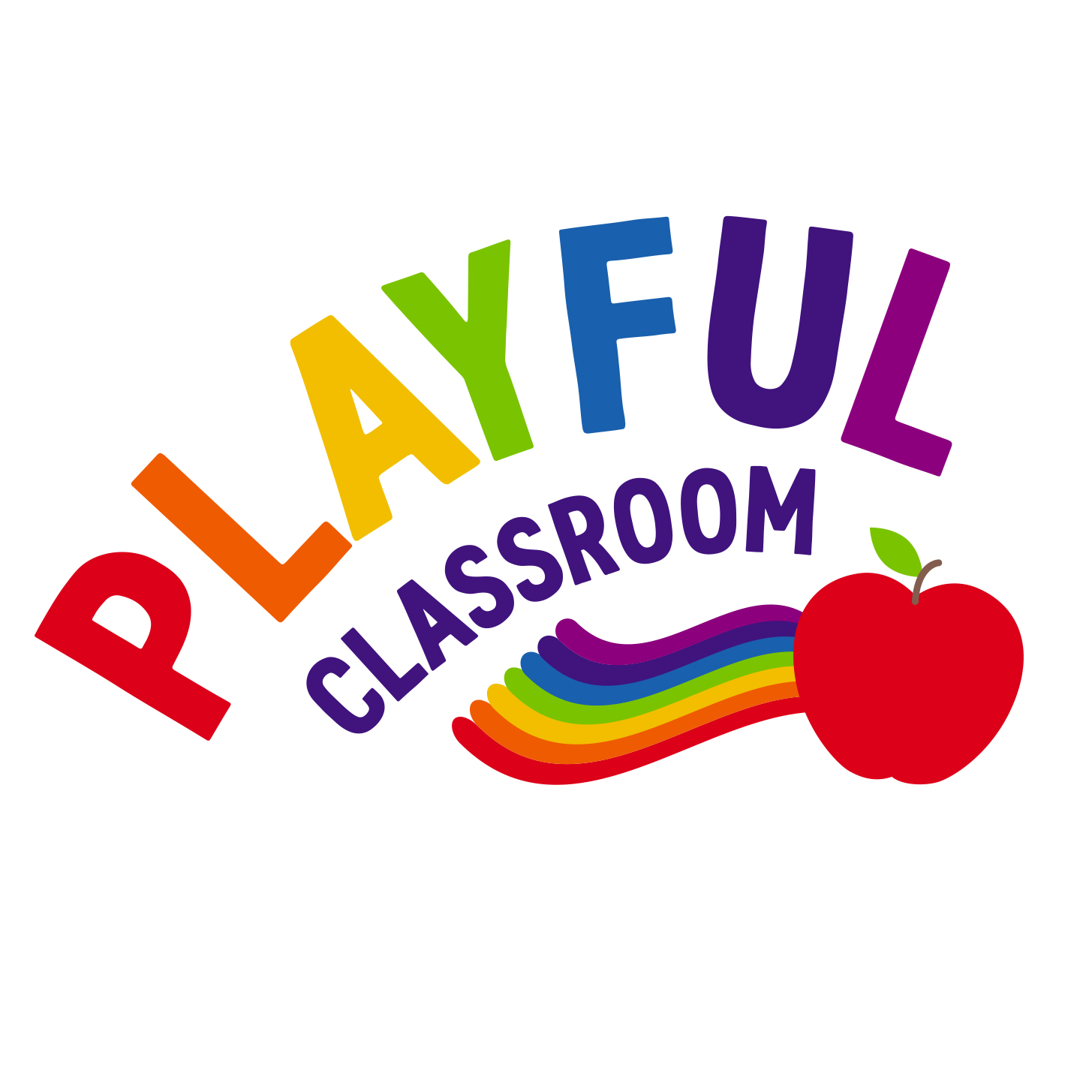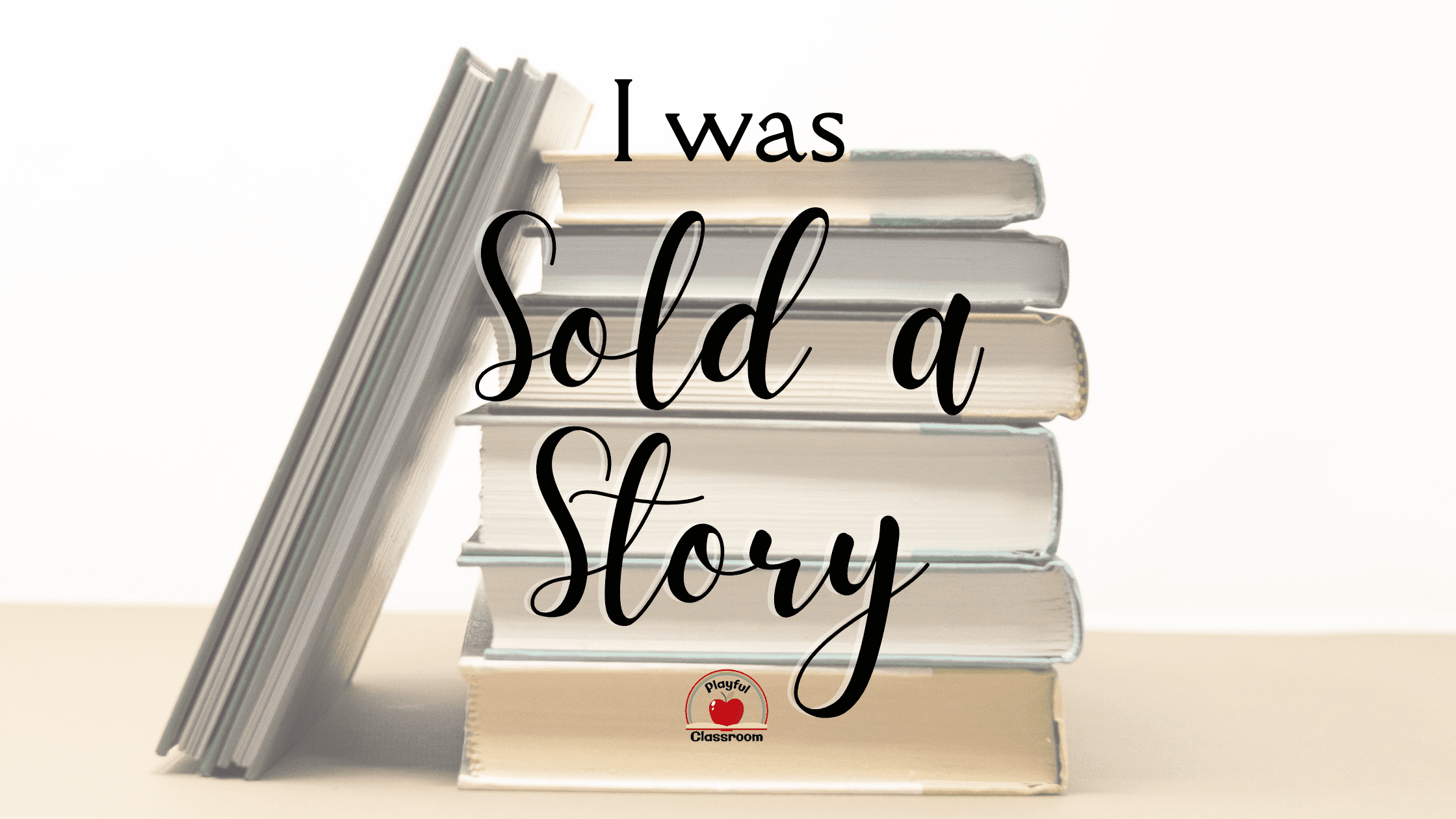I was Sold a Story
This blog post is the view of an Irish Primary School
Teacher in response to Emily Hanford’s podcast series, Sold a Story: How teaching kids to read went so wrong. www.soldastory.org
A few months ago, my mother arrived at my house with a huge box of my old college notes. I completed my Bachelor of Education from 2002-2005, so they were fairly dusty! Before throwing them all out, I perused through them and found references to various cues that children use when reading words, including ‘context’ and ‘syntax’ cues. Of course, as a young trainee teacher, I took this theory at face value, and didn’t think too much about it until a few years ago. I’ll come back to that later.
Fast forward 15 or so years, to my classroom of Senior Infant children, and our daily session of ‘Guided Reading’. The children were placed in ability groups, based on assessments of their reading ‘level’. This level was determined by the series of levelled readers called ‘PM’. I struggled with this method of teaching reading. The children in my weakest group were not attending to the print, often learning the books off by heart. They were very slow to make progress. When some of the other children tried to ‘sound out’ some of the words they encountered, I noted that they were “relying too much on phonics” or “not looking at the picture”.
I knew that it was important to teach phonics explicitly. I did this, every day. Because our Guided Reading session was 45 minutes, it was a struggle to fit it in, but I persevered. Our progress here was slow too. I couldn’t understand where I was going wrong. I was teaching letter-sound correspondences as I best knew how, I was differentiating by giving each child readers at their ‘just right level’; but it wasn’t working. I couldn’t figure out why.
I remember a parent telling me that she was covering the pictures in the book so that her son would have to read the words instead. I told her that it was ok to use the picture, that it was one of the strategies we use when we read. As I said it, I felt a knot in my stomach. I realised that she was right, and I was wrong.
The disconnect in my teaching hit me like a tonne of bricks. Here I was, teaching children how to blend sounds together to read words, but I wasn’t giving them any opportunities to practice it. I fell down a deep rabbit hole of reading research. I watched webinars and listened to podcasts. I read research articles and books written by cognitive neuroscientists. I learned what happened in the brain when we read. I learned that skilled readers process every letter in every word, at an incredibly fast speed, and that struggling readers use more meaning and syntax cues. I realised that by using levelled readers, I was inadvertently encouraging the children in my care to use the strategies of a struggling reader.
The reading brain is a fascinating thing. We are not naturally wired for reading like we are for speaking. Reading is relatively new in terms of human development, so we haven’t evolved enough for that yet. In order to become a reader, we need to build new pathways in the brain: connecting the visual, speech and meaning areas. Hundreds of brain imaging studies over the last 5 decades have shown this, and especially in the last 20 years. We can see the areas of the brain (particularly in the left hemisphere) light up in response to text.
In 2014, Linnea Ehri coined the term ‘Orthographic Mapping’. This is quite a technical term for the average teacher like me, but when I came to understand what it meant, my teaching changed for the better. When we decode a word, we link the letters in the word with their corresponding phonemes (sounds). When we have successfully done this a few times, the word becomes permanently stored in our sight word vocabulary. This is different than learning a word as whole, as we can only store around 2,000 words visually. When we orthographically map words, we can store upwards of 50,000 words.
Memorising words by sight, or predicting words using context, or the first letter, can give the appearance of proficient reading for many children. They can ‘read’ levelled text with apparent ease, often with good expression. This doesn’t last long, as when these children get older and begin to encounter more complex texts, the cracks start to show. In the United States, some call this the ‘fourth grade reading slump’; and it’s evident in Ireland too.
I’ve learned a lot about the teaching of reading over the last few years, but I’ve had to go out of my way to find it. There’s very little up to date professional development in this area in Ireland, so I’ve had to look further afield. Thankfully, Covid-19 opened up many doors in terms of online PD from around the world, and Social Media has given me the opportunity to connect with other teachers who share my interests.
Have I learned all there is to know about effective literacy instruction? Far from it. I continue to learn every day, sometimes changing my mind on something I previously believed to be true. I have a lot more to discover.
Not every teacher will have to time, drive, resources or even desire to develop their practices, and that’s ok. What’s not ok is that we are not being adequately supported by the parties that are responsible for our professional development. The Department of Education, National Council for Curriculum and Assessment, and Professional Development Services for Teachers continue to turn a blind eye to decades of reading research, and to support and recommend outdated practices. This is not good enough. We can do better.


